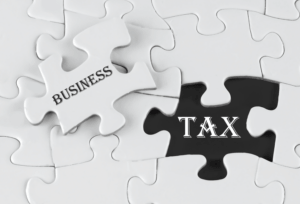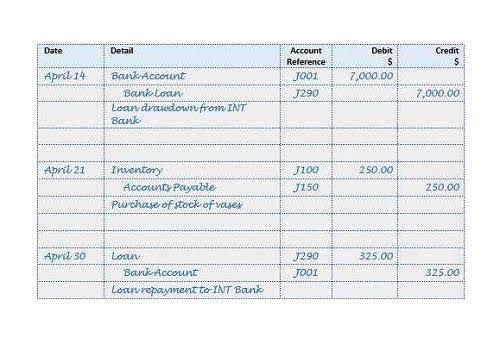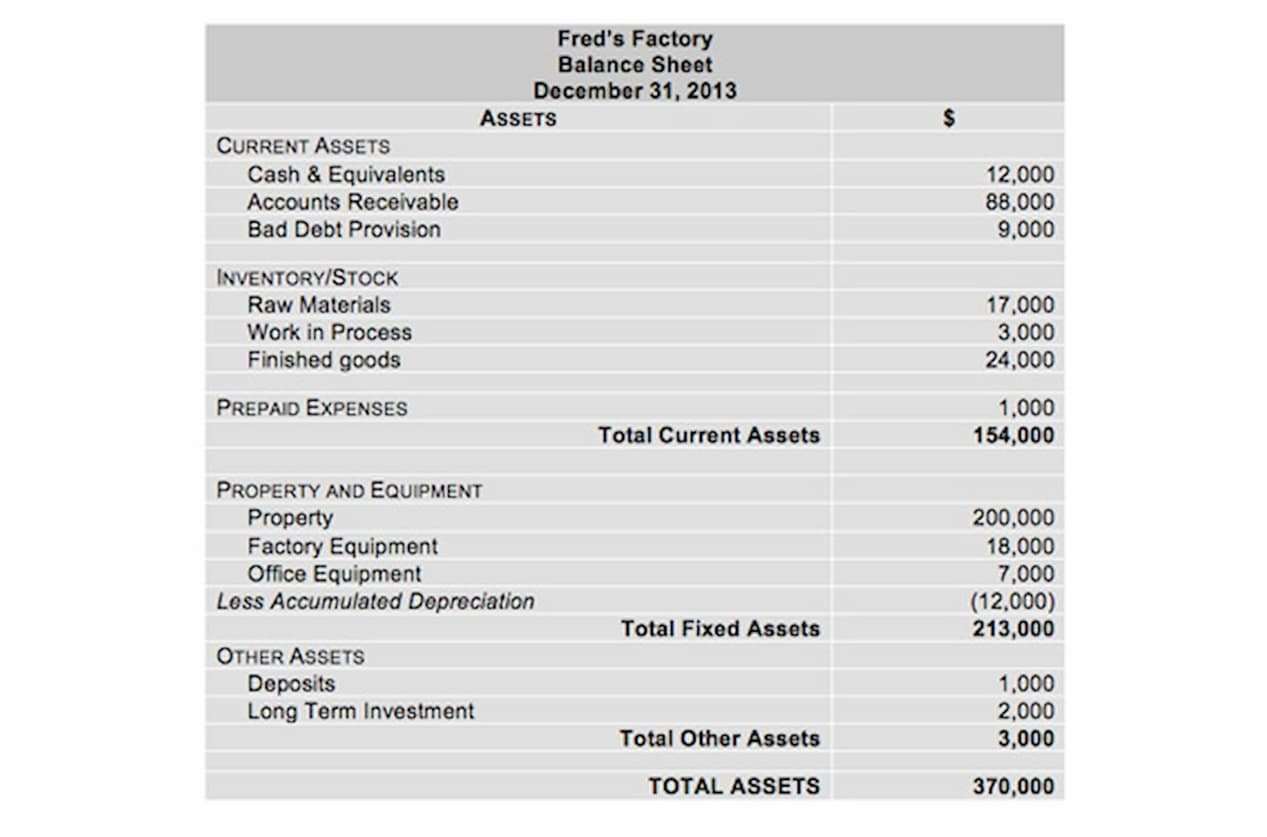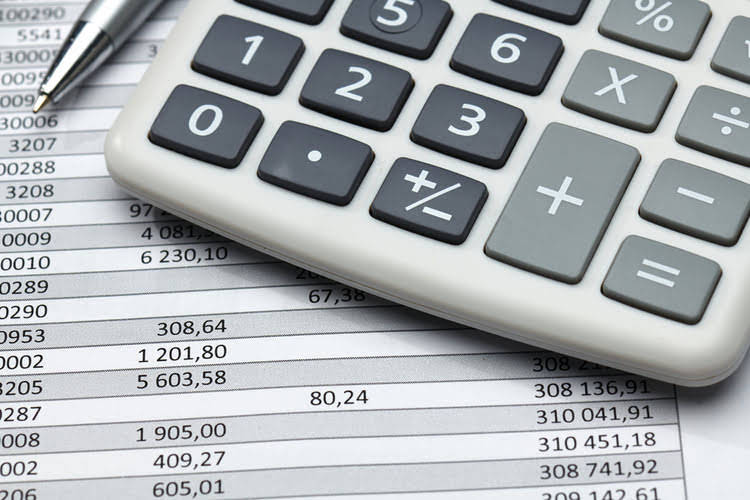Assuming factors like demand and competition are equal, the company should make the product with the highest return relative to variable costs in order to maximize profits. Fixed costs stay the same regardless of the number of units sold, while variable costs change per unit sold. In particular, the use-case of the CM metric tends to be most practical for companies to set prices on their products and services accounting rate of return appropriately to maximize their revenue growth and profitability. While there are various profitability metrics – ranging from the gross margin down to the net profit margin – the contribution margin (CM) metric stands out for the analysis of a specific product or service. The Contribution Margin Ratio is the product revenue remaining after deducting all variable costs, expressed on a per-unit basis.
- In addition, it can be used to compute how much a business needs to sell to reach a break-even point.
- However, the growing trend in many segments of the economy is to convert labor-intensive enterprises (primarily variable costs) to operations heavily dependent on equipment or technology (primarily fixed costs).
- Using the contribution margin formula shows what percentage of revenue is left over after factoring in variable, fluctuating costs.
The same will likely happen over time with the cost of creating and using driverless transportation. However, the growing trend in many segments of the economy is to convert labor-intensive enterprises (primarily variable costs) to operations heavily dependent on equipment or technology (primarily fixed costs). For example, in retail, many functions that were previously performed by people are now performed by machines or software, such as the self-checkout counters in stores such as Walmart, Costco, and Lowe’s. Since machine and software costs are often depreciated or amortized, these costs tend to be the same or fixed, no matter the level of activity within a given relevant range. The CVP relationships of many organizations have become more complex recently because many labor-intensive jobs have been replaced by or supplemented with technology, changing both fixed and variable costs. For those organizations that are still labor-intensive, the labor costs tend to be variable costs, since at higher levels of activity there will be a demand for more labor usage.
How to Calculate the Contribution Margin Ratio
However, they will play an important part in calculating the net income formula. For this section of the exercise, the key takeaway is that the CM requires matching the revenue from the sale of a specific product line, along with coinciding variable costs for that particular product. Using the provided data above, we can calculate the price per unit by dividing the total product revenue by the number of products sold. For a quick example to illustrate the concept, suppose there is an e-commerce retailer selling t-shirts online for $25.00 with variable costs of $10.00 per unit.
How To Use Contribution Margin Ratio With Other Numbers
So, you should produce those goods that generate a high contribution margin. As a result, a high contribution margin would help you in covering the fixed costs of your business. Once you’ve calculated your contribution margin, use this number in conjunction with your total fixed expenses for the given time period to calculate net profit or net loss. Think of the contribution margin ratio you calculate as the percentage of profit you achieved after variable expenses were paid. When a company is deciding on the price of selling a product, contribution margin is frequently used as a reference for analysis. Fixed costs are usually large – therefore, the contribution margin must be high to cover the costs of operating a business.
Other examples include services and utilities that may come at a fixed cost and do not have an impact on the number of units produced or sold. For example, if the government offers unlimited electricity at a fixed monthly cost of $100, then manufacturing 10 units or 10,000 units will have the same fixed cost towards electricity. It provides one way to show the profit potential of a particular product offered by a company and shows the portion of sales that helps to cover the company’s fixed costs. Any remaining revenue left after covering fixed costs is the profit generated.
The contribution margin ratio for the birdbath implies that, for every $1 generated by the sale of a Blue Jay Model, they have $0.80 that contributes to fixed costs and profit. Thus, 20% of each sales dollar represents the variable cost of the item and 80% of the sales dollar is margin. Just as each product or service has its own contribution margin on a per unit basis, each has a unique contribution margin ratio. Contribution margin divided by total sales revenue yields a percentage. It can also be calculated on a per-unit basis, where you will take the contribution margin per unit and divide it by the selling price per unit.
Solutions and Services
The contribution margin is different from the gross profit margin, the difference between sales revenue and the cost of goods sold. While contribution margins only count the variable costs, the gross profit margin includes all of the costs that a company incurs in order to make sales. In other words, contribution margin per unit is the amount of money that each unit of your product generates to pay for the fixed cost.
How to Use the Contribution Margin Ratio
Look at the contribution margin on a per-product or product-line basis, and review the profitability of each product line. Selling products at the current price may no longer make sense, and if the contribution margin is very low, it may be worth discontinuing the product line altogether. This strategy can streamline operations and have a positive impact on a firm’s overall contribution margin. Sales (a.k.a. total sales or revenue) is the monetary value of the goods or services sold by your business during a certain reporting period (e.g., quarterly or annually). Contribution Margin Ratio (CMR) is a measurement tool found on a company’s income statement and its balance sheet.
Why is the contribution margin useful?
A company has revenues of $50 million, the cost of goods sold is $20 million, marketing is $5 million, product delivery fees are $5 million, and fixed costs are $10 million. Thus, the concept of contribution margin is used to determine the minimum price at which you should sell your goods or services to cover its costs. Therefore, it is not advised to continue selling your product if your contribution margin ratio is too low or negative. This is because it would be quite challenging for your business to earn profits over the long-term. The gross sales revenue refers to the total amount your business realizes from the sale of goods or services. That is it does not include any deductions like sales return and allowances.
Net sales refer to the total revenue your business generates as a result of selling its goods or services. Contribution Margin refers to the amount of money remaining to cover the fixed cost of your business. That is, it refers to the additional money that your business generates after deducting the variable costs of manufacturing your products.
One challenge that may not be highlighted by using this financial analysis is how much resource is required to produce the product. Normally you will want your product to have a contribution margin as high as possible. However a low contribution margin product may be deemed as a sufficient outcome if it uses very little resources of the company to produce and is a high volume sale product. Variable costs are all the direct costs that contribute to producing that delicious cup of coffee for the customer. This may include items such as coffee beans, water, milk, disposable cups, and labor costs which total $4,000.
On the other hand, the contribution margin ratio subtracts variable costs from your sales. You might wonder why a company would trade variable costs for fixed costs. One reason might be to meet company goals, such as gaining market share. Other reasons include being a leader in the use of innovation and improving efficiencies. If a company uses the latest technology, such as online ordering and delivery, this may help the company attract a new type of customer or create loyalty with longstanding customers.
However, these strategies could ultimately backfire and result in even lower contribution margins. Now, this situation can change when your level of production increases. As mentioned above, the per unit variable cost decreases with the increase in https://intuit-payroll.org/ the level of production. Direct Costs are the costs that can be directly identified or allocated to your products. For instance, direct material cost and direct labor cost are the costs that can be directly allocated with producing your goods.
In other words, it measures how much money each additional sale “contributes” to the company’s total profits. It represents the incremental money generated for each product/unit sold after deducting the variable portion of the firm’s costs. Let’s say we have a company that produces 100,000 units of a product, sells them at $12 per unit, and has a variable costs of $8 per unit. The fixed costs of $10 million are not included in the formula, however, it is important to make sure the CM dollars are greater than the fixed costs, otherwise, the company is not profitable. Sales revenue refers to the total income your business generates as a result of selling goods or services. Furthermore, sales revenue can be categorized into gross and net sales revenue.












